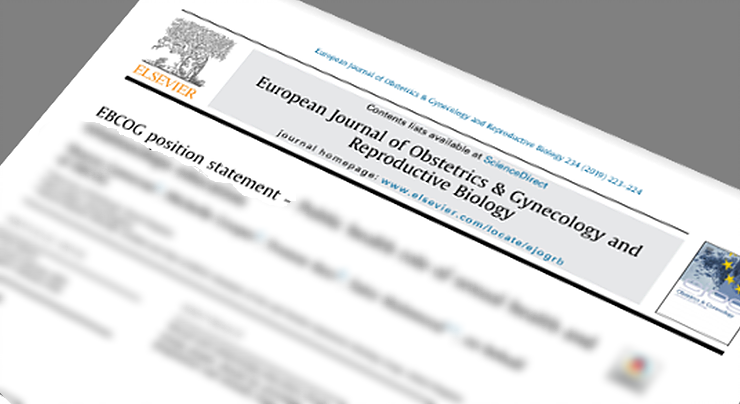Please visit our Publications page to read the study.
Abstract
Objective: Cancer screening can play an important role in early detection, improving treatment outcomes and reducing morbidity and mortality. Breast and cervical cancers belong to the most common gynaecological cancers group. Countries provide different screening programmes on its eligible population basis centred on different health care policies. This scientific study aims to assess and understand the health inequalities in the member countries of the European Board & College of Obstetrics and Gynaecology (EBCOG) as regards screening programmes of gynaecological cancer, with a special focus on breast and cervical cancers’ screening strategies. Study design: A descriptive questionnaire-based study was conducted, addressed to EBCOG member countries.
Results: Ninety-one percent of the countries have an organized national or regional screening programme for cervical cancer. Of these, 45% of countries use both cytology and testing for Human Papilloma Virus (HPV) as screening test, 31% use cytology exclusively and 17% only perform HPV testing. Considerable differences were found regarding the interval of screening test: there are countries performing HPV detection triennially, while others perform only conventional cytology every 5 years. Sixty-nine percent of countries included in this study begin screening for cervical cancer in women aged 25 to 29 years, four of them using HPV detection as the screening test. Six countries begin cervical cancer screening before the age of 25. As regards vaccination against HPV, almost all countries have implemented national HPV vaccination programme, except in Poland and Turkey. The 9-valent HPV vaccine is the most frequently offered (77% of countries) and the majority vaccination programmes include both girls and boys. As regards breast cancer screening, all thirty-two countries have an implemented screening programme. All countries perform mammography as the screening test, 62.5% of them begin in women aged 50 to 54, with a 2-yearly interval in the majority. In five countries, screening programmes are performed biennially, starting between 45 and 49 years old. Seven countries start in women aged 41 to 44.
Conclusions: There are discrepancies around gynaecological cancer screenings provision among EBCOG member countries. It is important to establish European recommendations about screening for gynaecological cancers, in order to standardize the access to equitable better health care in gynaecological cancers within Europe.

